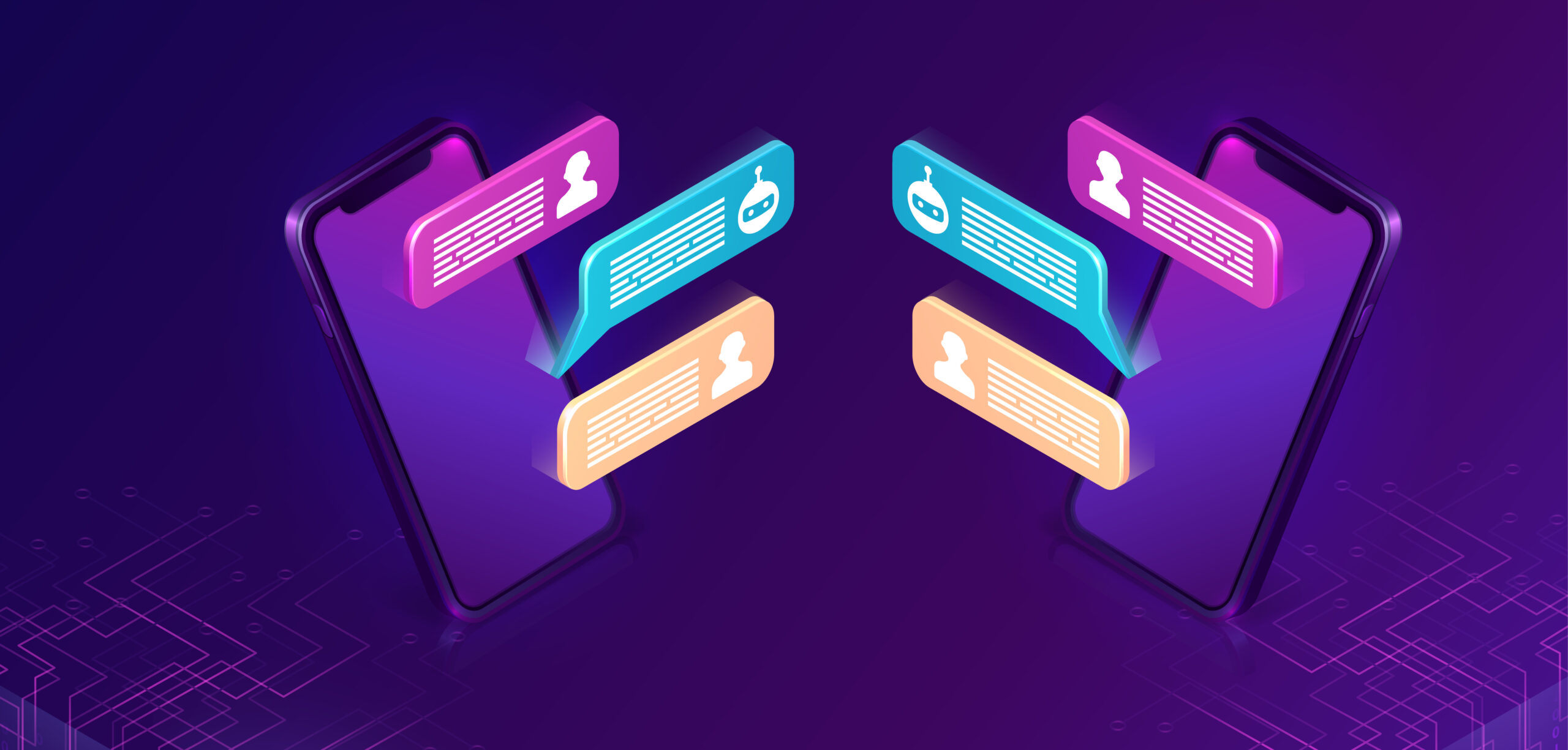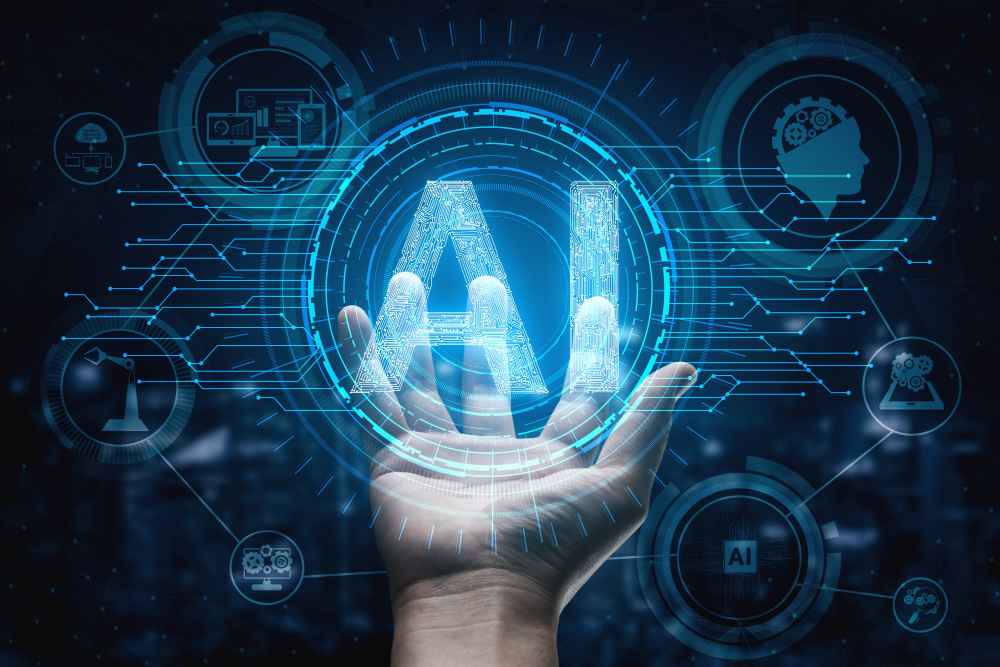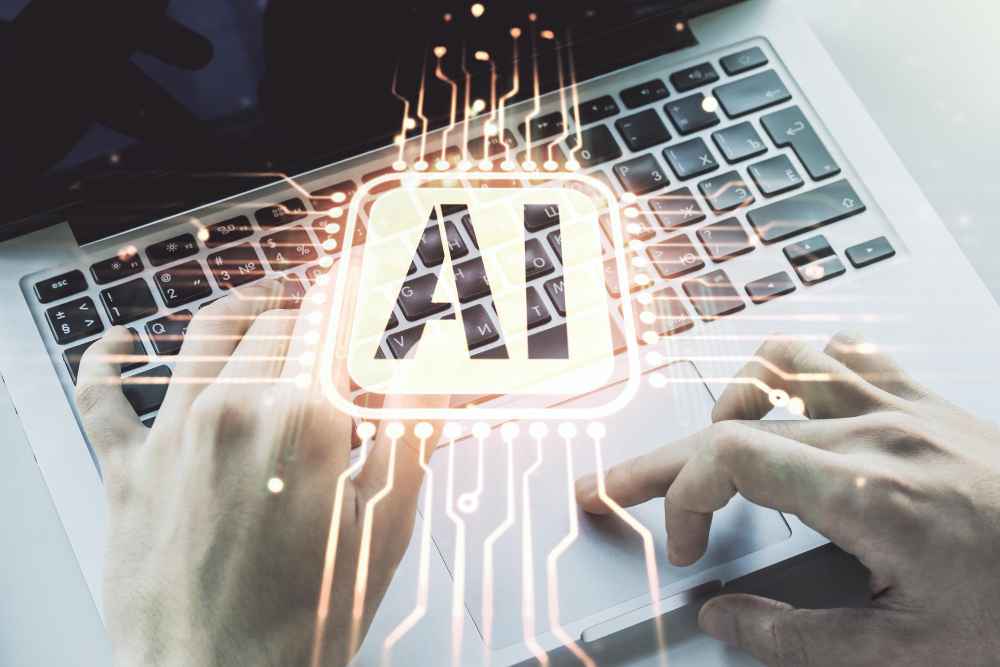Let’s be honest with each other! For some reason it has become easier for us, consumers, to solve our ordering problems via texting means and very rarely by phone, having a direct conversation with a person on the other end of the receiver. Therefore, when finding a necessary product or service, it is a real joy to see that pop-up window with a pleasant picture of a chatbot virtual assistant, who welcomes us and asks exactly what we need to hear, and provides the most suitable solutions. Shopping heaven, not less.
What we see seems like a natural thing – a landing page with a chatbot window that is there for us to relieve our pains. Yet, there is a huge and intricate work in training a chatbot to react to previously generated training data sets producing expected judgments and responses. Training a chatbot requires time, money, and the solid expertise of the specialists involved.
According to some statistical data, it states that the global chatbot market has a perspective to exceed $994 million by 2024 producing an annual rate of growth of around 27%. This means that the businesses are very enthusiastic to invest money into chat bot training and development, comprehending the perspectives of increased revenues and massive profit yielding.
To make sure that a chatbot functions not less efficiently in comparison with a human assistant, the business must grasp the understanding of the importance to label data for machine learning accurately and with high-quality training datasets. The information further down the line will provide a much clearer picture of what chatbot training is and what the process looks like.
Chatbots Development and Implementation
Before figuring out more about training chatbot and what chatbot training data is, it will be useful to get a much more solid understanding of the system than just a “popup helping window” which, of course, transmit the gift of this technology.
So, a chatbot is an AI computer assistant to ensure the dialog between the business and the client, making sure to resemble (mimicking) a real people-to-people conversation. This human-computer conversation imitation is possible with the NLP technology and gets to be distributed across various channels (apps, live chat, emails, and SMS).
Here is the list of useful functionality potential that makes chatbots to be a mighty tool for businesses to expand:
- Task-oriented features
- Emotional intelligence
- Deep learning
- Analytics and BI
- Scalability
- Understanding and responding to the human language
- CRM integration
- Support for multiple messages
These features are assured by the top-notch specialists (data annotation specialist included) who not only can develop from scratch, and have expertise in data science but of course, understands the business principles and the importance of being able to tailor individual solutions for every particular business need.

Let’s have a look at the general overview of the chatbot development process lifecycle (from the very initial stage to the maintenance part).
1. Having a clear idea of the chatbot type to choose
Before cooperating the development starts the clients must state clear requirements based on their goals and clientele needs. This will help to define what sort of chatbot might work the best and what outcomes it is supposed to yield.
2. Choosing a communication channel
When the type is decided, it is important to decide what channel the chatbot is going to be placed on. Though the functionality permits cross-channel distribution, it is still essential to choose the channel that highlights the brand identity the most. Also, more or less similar technology is used, to ensure improved client experience.
3. Choosing technology
The technology stack might be looking the following way:
- deployment channels
- third-party chatbots
- chatbot training dataset technology
- native bots
4. Conversation design
At this stage, data labeling is seriously involved. AI training data set will be used to create algorithms that the chatbot will use for “learning” to talk to people and produce relevant reactions.
5. Chatbot training
When the training data set is prepared and meets all of the requirements quality and cleanliness-wise, the chatbot might start the training process.
6. Testing
Testing of all the aspects of the chatbot functioning (intent matching, voice tone, entity recognition, etc.). After that, it’s essential to conduct usability testing and collect feedback insights from the customers.
7. Deployment and maintenance
After the chatbot was deployed it will (no perfection has ever been achieved before) need constant maintenance and upgrades.
This is a general blueprint for the chatbot development, Each stage will have its modifications depending on the tech stack and approaches chosen.
Data Labeling for Chatbots
The quality of data predetermines the excellence of the chatbot, therefore it is necessary to get one from proven and relevant sources of information. Computer systems must absorb a huge bulk of humanlike communication training data and learn to react appropriately.
Chatbots training data comes in the following forms:
- utterances
- intents
- entities
The data labeling process adopts the following structure:
- Strict requirements definition
- Data selection and its thorough analysis
- Building algorithms to ensure training
- Reviewing and testing
As a result, each piece of information (text or audio) comes with metadata added to the way the language units, either written or spoken, become comprehensive to the machine. It is critical to mind the quality of the data, a high level of accuracy in particular to prevent confusion and misunderstanding between the computer and the human trying to get a decent service. Accurate data equals client retention and the purchasing action being completed.

Chatbot Training Challenges
Chatbots are there to assist businesses, allowing more time and resources for the company to focus on the areas where solely a human touch is required. However, the implementation of those comes with certain challenges.
Here are some of the major ones:
- Emotional deprivation – the machine takes emotional component out of the communication equation
- Reasonably costly – the process is complex and requires lots of knowledge and skills
- Appropriate model building – takes time to choose the model that has all the necessary NLP features
- Data security – questionable API security
- Testing – meaning that it is an almost unstoppable process
- Data viability – hard to track whether it serves the business’s major goals
Notwithstanding the challenges, it is possible to tackle the issues, when choosing to cooperate with a high-profile data annotation agency, that has profound expertise in data labeling and can apply the best approaches that will fit the individual companies’ peculiarities.
Where to Hire Chatbots Developers From
It’s been mentioned before that the data labeling job must be assigned to real professionals. Present day specialists’ market offers pretty much limitless possibilities for hiring talent to cover for the staff shortage and still have the project going. There are various options on how to augment a team with a certain professional. It can be done through local in-house hiring, freelancing, or outsourcing. These hiring models own both positive and negative aspects, requiring thorough research and aligning the results with the business needs and resource deposits.
When it comes to data labeling it is strongly advised to contact an agency that specializes in the data and tech domain. Such cooperation gives much more chances of the delivery being in full correspondence with how the end results for the labeling project were expected due to the experience, proven high levels of proficiency, and access to the latest technology underpinned by following the latest trends.
Conclusion
Chatbot development and its proper training will ensure businesses maximize and increase their clientele base, resulting in more sales and increased revenues. Therefore, it is totally worth all the resources invested in it.



